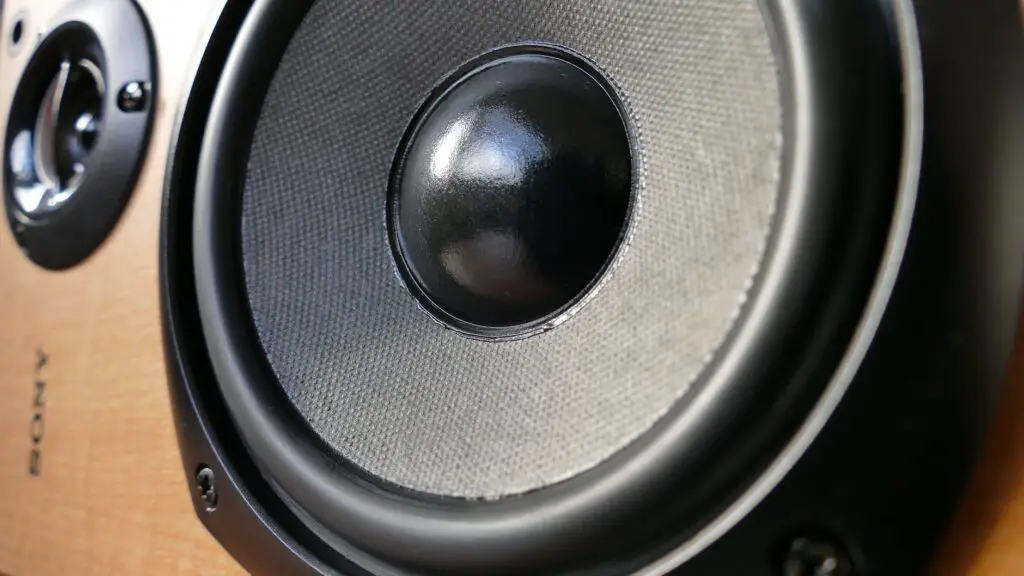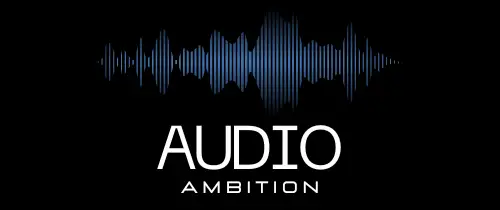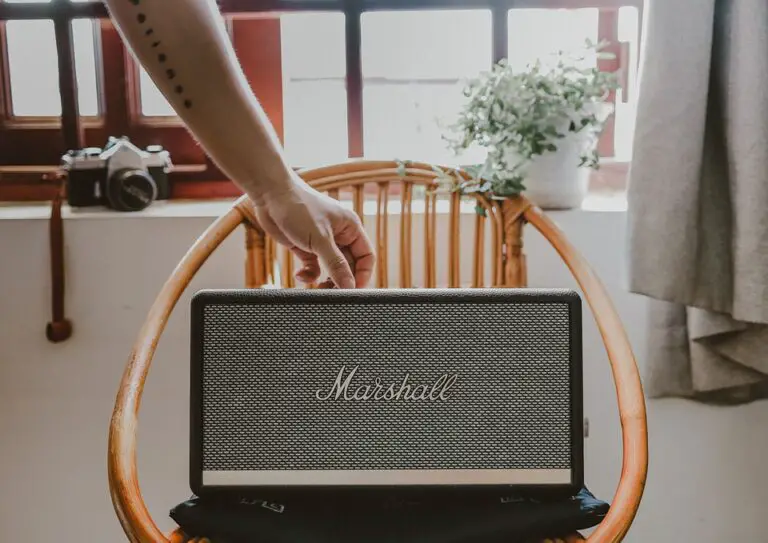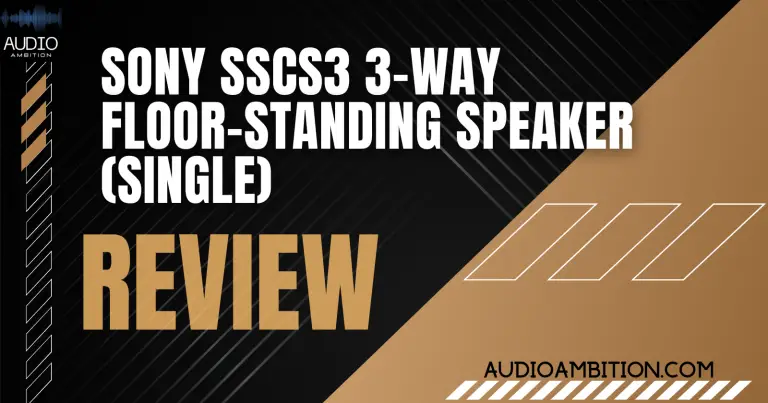Are you wondering Can a Single Speaker Be Stereo or if can you somehow put a stereo signal into one single speaker? This article, Can a Single Speaker Be Stereo, will let you know show if you can use a single speaker as a stereo. Read on.
Can a Single Speaker Be Stereo?
Can a Single Speaker Be Stereo? Practically, you can’t get stereo sound from one speaker. You can get spatial-sounding reproduction from one speaker in an echo chamber, in acoustically live surroundings, and so on. Though there are many tricks to try putting a stereo signal into one single speaker. But there is no way you can get true stereo from a single speaker.
What is Stereo? and Can a Single Speaker Be Stereo?
By definition, stereo means a two-channel sound – right and left. So you can’t hear a true stereo reproduction from a single speaker.
The stereo effect requires at least two speakers to create the phase differences that allow our ears to believe we can hear sounds spread between the two speakers.
Nevertheless, it’s possible to combine both right and left inputs to make it seem as if the sound from a single speaker is the same as the stereo sound but the sound will lack the stereo effect.
If you find your way through hooking up one speaker to a stereo amplifier that has a mono switch, you would be able to “fold” that stereo signal down to mono and play everything through that one speaker.
On the other hand, if the stereo amplifier doesn’t have a mono switch, then you would only be listening to either the right half or the left half of the recording, possibly with certain vocals or instruments missing.
This loss would be more noticeable with stereo recordings from 1958–1970 when lead vocals or even the entire rhythm section might only be in one channel of the recording. Though this mixing style disappeared about the same time that 16-track studio recording became available.
If a stereo signal is fed into one speaker, the signal will be summed up to mono. However, a flat panel speaker, though technically one speaker can create a stereo sound.
From this, you can see that a single speaker can’t make a stereo. However, to overcome this, you may need to introduce some audio processing to simulate stereo effects and widen the soundstage from a narrow speaker. Note that this is an effect. It’s not real and will certainly sound different. It uses psychoacoustics to fool your brain.
Is everything made in stereo?
Sound signals can either come in mono or stereo. Though sound signals come mostly in stereo, we listen mostly to mono sounds. This is because it’s difficult for us to listen to a set of stereo speakers on the move – you have to sit and listen with both speakers on either side of you for the stereo to work.
Hence, most of the music played in hotels, supermarkets, off phones, docking stations, TVs, radios, and so on is effectively mono, except if you’re listening to music sound from a good earpiece.
Stereo Vs Mono, What Is the Difference?
Mono (one), also called monophonic, refers to audio signals which are routed through a single audio channel. You can use multiple speakers together this way in a similar fashion to using multiple stereo channel speakers.
Stereo, also called stereophonic, refers to but not exclusive to two audio channels.
Stereo is helpful when localization of instruments or vocals are necessary as well as what’s known as imaging where sound has to be covered equally in a requisite space especially if music or lots of audio information is present.
Basically, when you move from right to left between two speakers, the perfect middle of both speakers is called the “sweet spot.” You can clearly hear both speakers equally at this spot.
But when you begin to move closer to either the right or to the left such that the sound changes or you hear it more on one side than the other, this is referred to as “off-axis.”
The main difference between mono and stereo is how the audio signal is relayed (their applications) and not just in the channel information.
To create a perfect stereo, you need to hear different signals in each of your two ears and to do this; you need a mixture of direct sound from the speakers, and at a later time and amplitude.
This can only happen if the distance between both speakers is about the same distance to you. Individual speakers are usually mono, each being fed a different audio channel.
If you use two or more speakers, stereo input gives you a better experience but if you use a single speaker, then mono input gives you more loud music than stereo input
In Case of Space Constraint
What do you do in case of space constraint and you want a stereo sound? If you don’t have room for multiple speakers, you can make use of a soundbar. A soundbar is a better option for small rooms because it combines multiple speakers in a single unit.
A soundbar is configured to hold a center, left, and right speaker together in a long bar. Aside from a soundbar, you can use a single stereo speaker. A single stereo speaker is ideal for use where only one speaker is able to fit in the space.
If you’re looking for good audio sound in a smaller room where space is limited, a single stereo speaker can ensure that you will still be able to listen to your favorite music in true stereo sound.
Conclusion: Can a Single Speaker Be Stereo

Can a Single Speaker Be Stereo? The write-up above shows that stereo means two and a single speaker cannot be stereo. Suppose you have only one speaker to play stereo signals.
In that case, the stereo signals can be easily converted to mono by the speaker to play them perfectly, but without any of the special positioning aspects.
Conversely, if you put a mono signal into two speakers, you won’t get a stereo signal, just a mono signal, but twice as loud! Generally, good mono sounds better than poor stereo.
In conclusion(Can a Single Speaker Be Stereo), you obviously cannot get stereo sound from a single speaker but you can still play with the fact that different frequencies bounce differently to create a semi-stereo effect.






